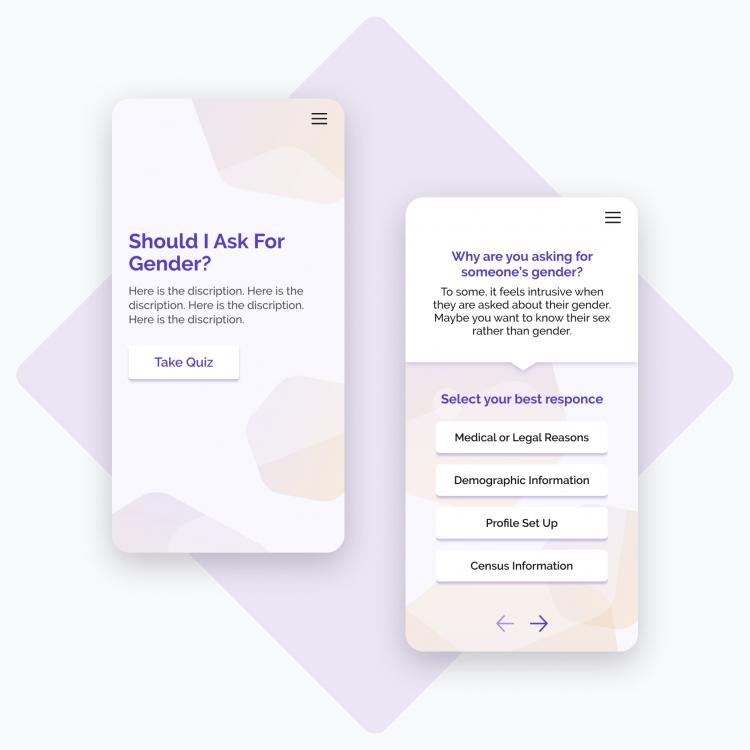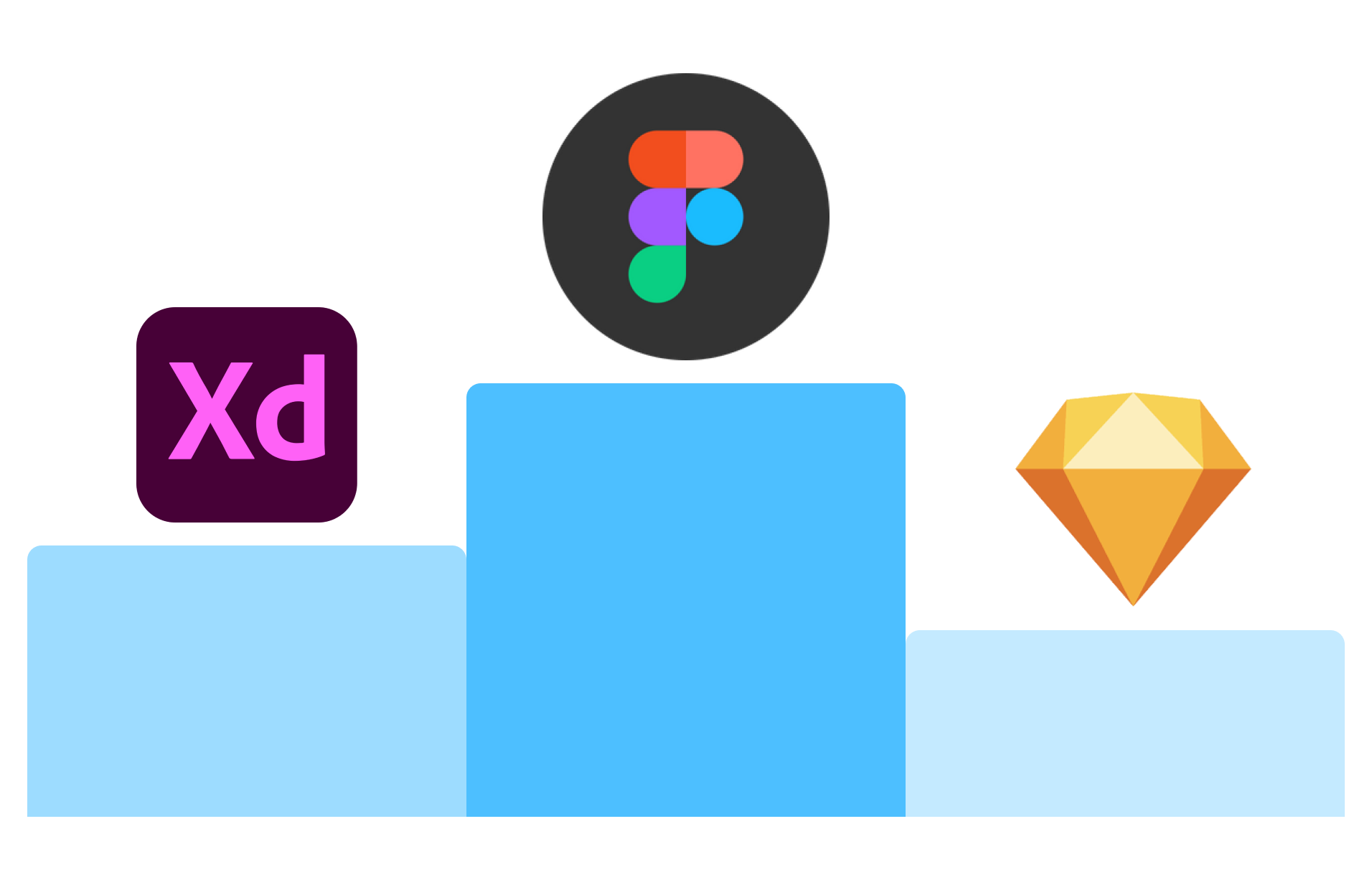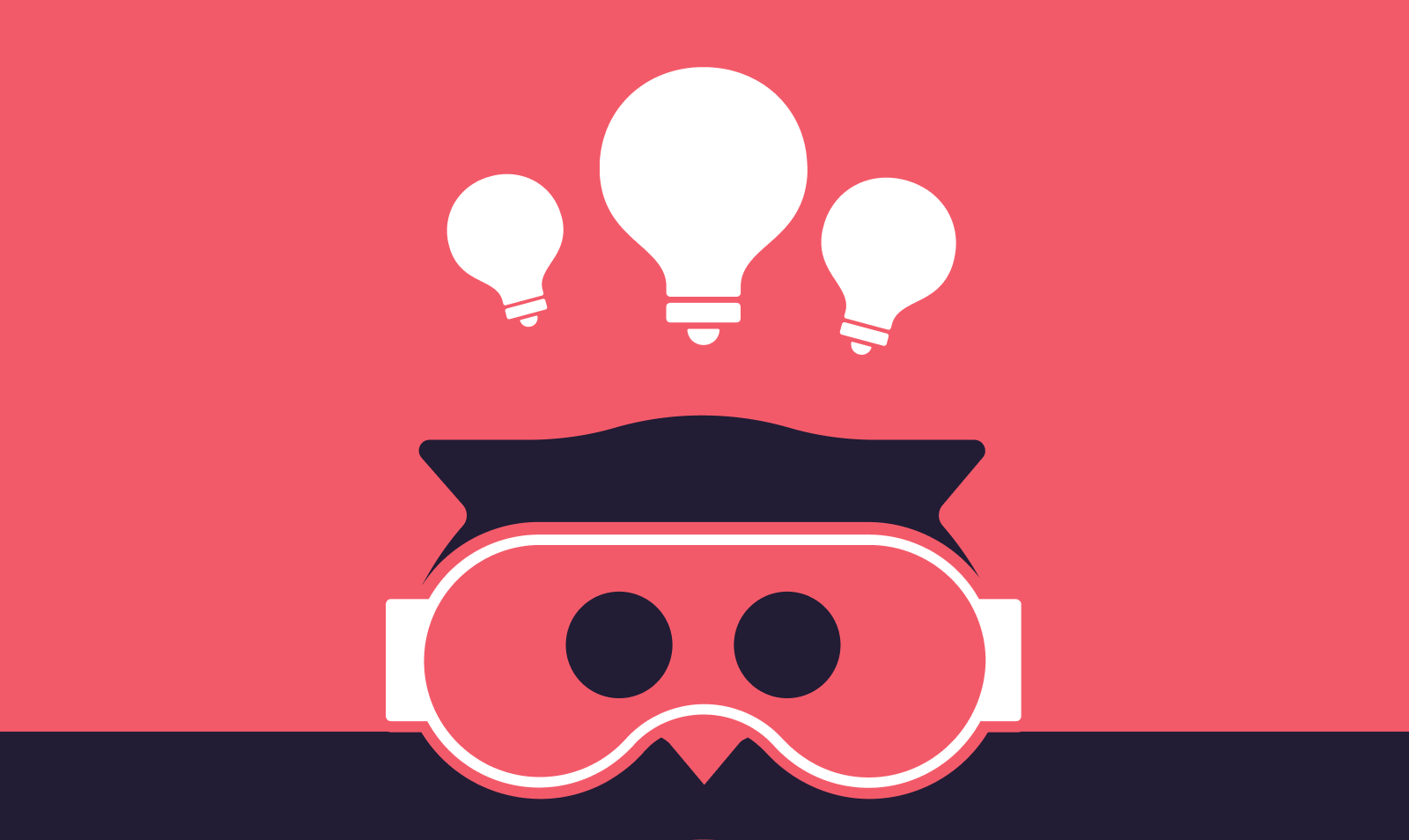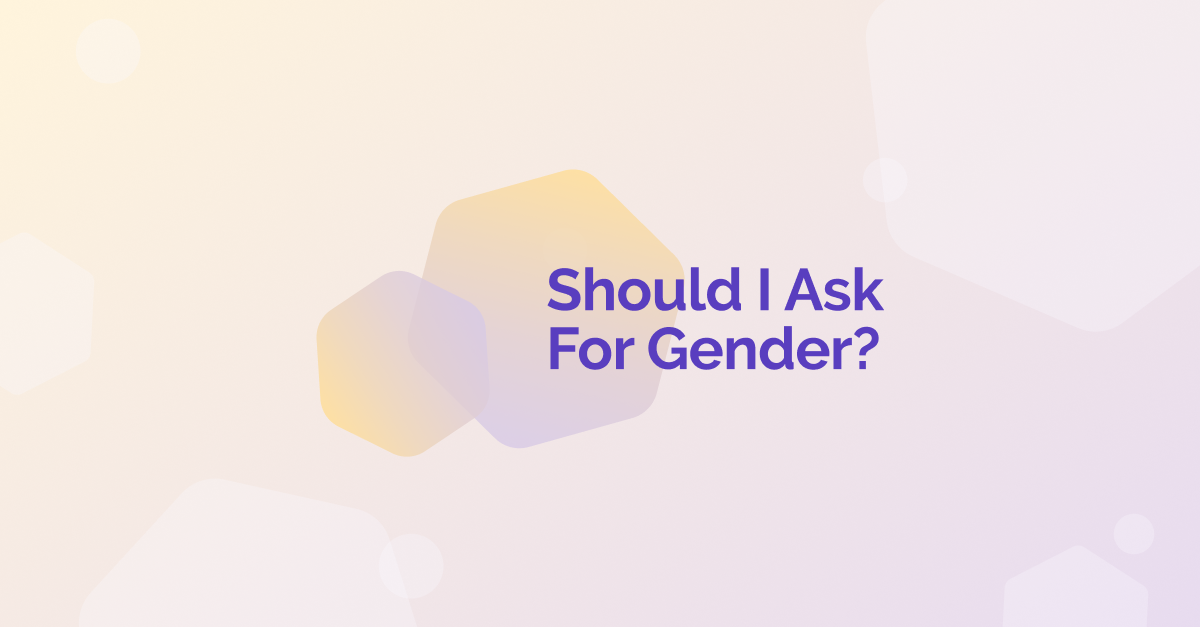Should I Ask for Gender? (SIAFG for short) was the first project I was a part of when coming onboard at Savas Labs. It was also one of the first #labs projects we dedicated time to design and build internally — you could say it was a lot of firsts for all of us! I learned so much and wanted to share the experience of my inaugural project as a UI/UX designer here at Savas and how it's helped me prepare for the client projects I'm working on today.
What I Learned Designing ShouldIAskForGender.com

The opportunity
Should I Ask for Gender? was a collaborative effort that started after Alex Manzo, one of our front-end developers, shared a frustrating experience updating data on an online form. Along with the rest of the Savas team, they feel it's vital for our world to recognize the difference between gender and sex. As my first project, I was given this idea and asked to design a quiz platform for form designers to answer questions to determine whether or not people should be asking others for their gender.
I was very excited about the opportunity because it was all about learning and experimenting. I had never designed a quiz platform before (or worked with a full team for that matter), so to say that I was excited was an understatement. This was a great onboarding experience because there was plenty of room to experiment, fail, and try again. I was supported by Sean, our Senior UX Design Strategist, and the entire #labs team to help guide me through our design and project process.
RELATED READ
Gender Inclusivity Is More Than an “Other” OptionFigma is Superior

Figma is terrific — I think that (almost) all other digital designers can agree with me on this one. But a year ago, I was introduced to Sketch and Invision and learned how easy (and cool) it was to prototype between the two. During my final year of college, Adobe XD was another convenient tool to learn and use because of the student Creative Cloud package. While it was fairly innovative to have a feature like multiple collaborators (on a project), I found it always fell just a little bit short.
Figma was on my radar when looking for UX design jobs, and I knew I would learn it at some point. Still, I procrastinated diving in further because I was often told, "If you are familiar with Sketch and Adobe Xd, it's pretty much the same thing [as Figma]." Well, those folks were mostly right, but let me tell you: what a game-changer! Figma, if I could give you an award for THE best UI/UX tool (and helping other UI/UX-ers out there to their job better), I would. From auto-layout to symbols to extracting code from design to accurate prototypes — just wow. Thank you for helping make my job a lot easier, efficient, and more enjoyable!
Stay consistent
Staying consistent with your design elements improves the user's ability to understand the content within a given user interface. It also makes the developer's life so much easier when building out the design into code. That was a big win for me when Alex gave me #props for staying consistent in the design system. With it being my first project, it didn't immediately occur to me how much more efficient such consistency would be for front-end development.
Explore font pairings

Looking back at where I was almost five months ago, I am shocked that exploring font pairings wasn't a more significant part of my design process on this first project, especially coming from a graphic design program. While I'm happy with the final product, at the time I was so focused on the user experience, the user flow of the questionnaire, and our project process that I breezed over the typography elements of the design. Working with our design team, I now know that type choices provide an opportunity for a finishing touch on a given UI, along with being a crucial part of accessibility.
Gender and sex are two separate things
I wasn't introduced to the concept of gender identity until college, and even then, I wasn't all that educated on the topic. Given the amount of user research that I performed for SIAFG, I have learned how important it is to educate yourself on the difference between gender and sex. So before trying to collect data for a marketing campaign or medical research effort — or really anything — check out shouldiaskforgender.com!







